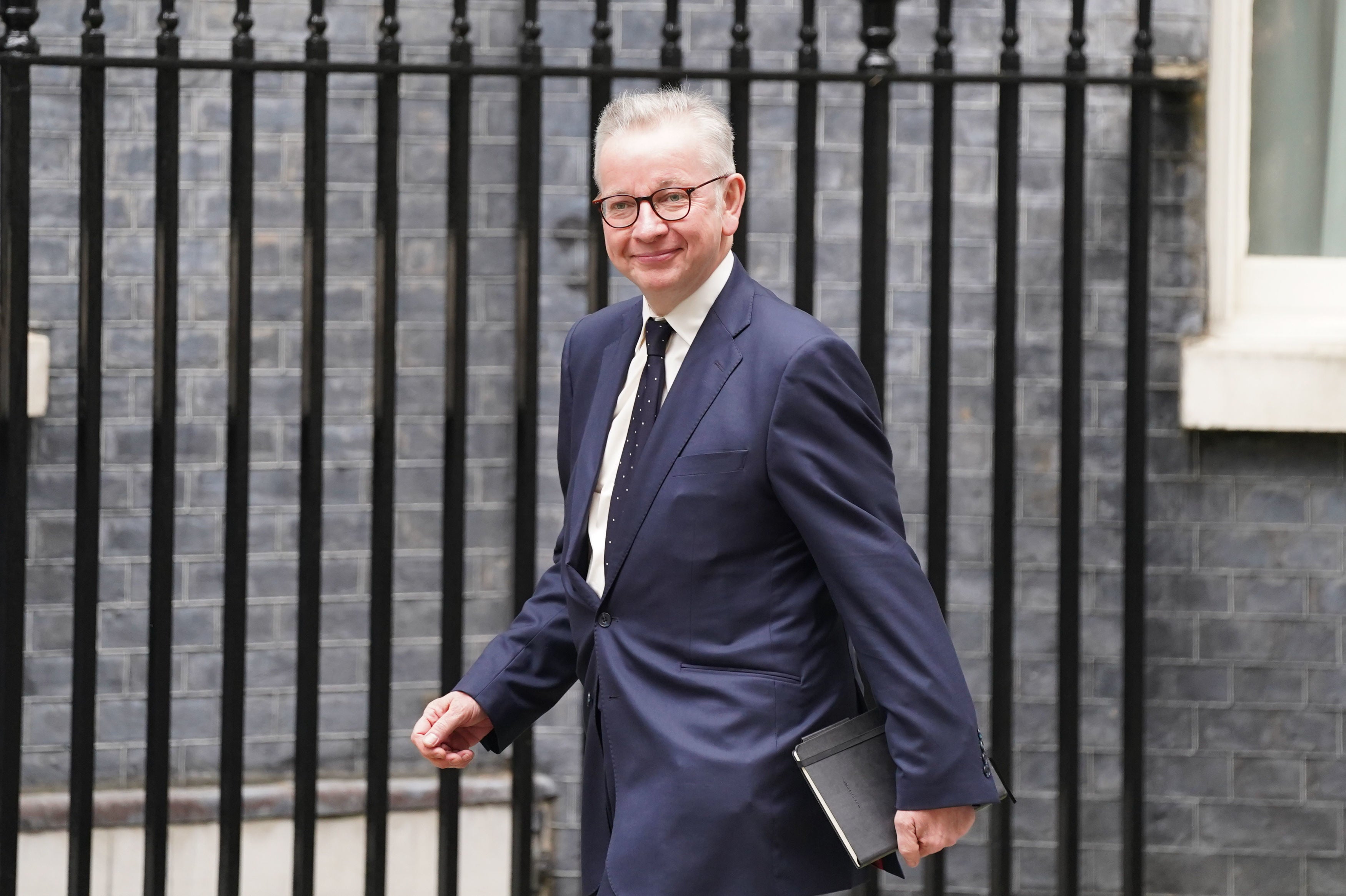What voters actually want levelling up to achieve is pretty simple
Polling shows the people of the ‘red wall’ want to live in nicer, cleaner, more peaceful places


Your support helps us to tell the story
From reproductive rights to climate change to Big Tech, The Independent is on the ground when the story is developing. Whether it's investigating the financials of Elon Musk's pro-Trump PAC or producing our latest documentary, 'The A Word', which shines a light on the American women fighting for reproductive rights, we know how important it is to parse out the facts from the messaging.
At such a critical moment in US history, we need reporters on the ground. Your donation allows us to keep sending journalists to speak to both sides of the story.
The Independent is trusted by Americans across the entire political spectrum. And unlike many other quality news outlets, we choose not to lock Americans out of our reporting and analysis with paywalls. We believe quality journalism should be available to everyone, paid for by those who can afford it.
Your support makes all the difference.Just what is “levelling up”? The question of how to reduce the profound differences between the affluent southeast and more deprived areas of the north of England and West Midlands has been the biggest policy challenge – Covid-19 notwithstanding – since the 2019 election.
After nearly two years of dithering, Boris Johnson used the last cabinet reshuffle to finally focus his government on the problem. It now falls to Michael Gove, he of the famously wide-ranging education reforms, and Neil O’Brien – surely the best ministerial team Johnson has at his disposal – to come up with something tangible before the “red wall” gets to decide whether double down on its 2019 electoral gamble – or to flip back to Labour at the next election. Although another delay in publishing the white paper on levelling up until January 2022 is not encouraging.
Surely answering the “what” question before the “how” would be sensible for Gove et al. Best to ask what would success for levelling up look like before working out how to do it.
Who should they ask to help them resolve this trickiest of policy puzzles? As well as ensuring their new Department for Levelling Up is staffed by civil servants with vision, perhaps the most obvious place to turn to is the people who actually live in towns such as Blythe and Bury.
And the answer, according to a landmark poll carried out last month by Public First, where I am a director, isn’t, in fact, that complicated: the people of the red wall want to live in nicer, cleaner, more peaceful places.
They want to live in places that have less crime and less litter and less graffiti, and they want their shared spaces – the civil realm – of parks and high streets to have life and bustle about them. When asked what kinds of things built civic pride in their area, apart from “the local people”, the highest-ranking things were parks and historic buildings. If you want to put this in context, historic buildings far out-rated local sporting clubs (including football) in every area we polled, even including the football-mad northeast.
This goes to show just how strongly voters in red-wall areas are desperate to be proud of the places in which they live and for them to be less shabby and less run down. Surely a clean, bustling high street free of graffiti – with the threat of petit crime minimised – and a refurbished civic building or two is not too much to ask.
And yet this simplicity of mission has been missed before. New Labour tried hard to bring transformation to whole swathes of the then Labour-voting north of England. John Prescott’s super-department brought in star architects to put together striking masterplans (who could forget the plan to reinvent Barnsley as a Tuscan hill town?) and build museums of modern art on every corner.
Shiny cultural “white elephants” and flamboyant architectural vision do not, it turns out, equal urban renewal. But because the answer to what red-wall voters want in the places they live in is “uncomplicated”, it doesn’t mean achieving it will be simple. Low-level crime is notoriously hard to contain permanently; graffiti has an unsettling habit of growing back stronger every time it’s been erased; the economics of bringing vibrancy to high streets that have been turned into a never-ending pound shop by both the rise of online commerce and Covid lockdowns are fiercely challenging.
However, just as the answer to the “what” of levelling up lies in the people who live in red wall areas – so too, probably, does the answer of “how”. Messieurs Prescott, Blair and Brown tried the top-down approach and it evidently didn’t work – worse, for Labour, it ultimately resulted in a huge electoral rejection. So now is the time to try the opposite: to embrace the “bottom-up” philosophy. Now is the time to find the people and the communities who are doing it for themselves, trust them to do more, promote them, and encourage them to share their experiences.
If reports are to be believed, when the white paper eventually appears it will lean heavily on increasing devolution to England’s towns, regions and small cities. This is good. But the whole of government must be challenged to ask itself, every time it is about to make a decision, could local people take this decision for themselves? Could their knowledge of where they live, and the context they are living in, make this decision better? Very, very often, the answer will be “yes”.
Funnily enough, this is very, very similar to Gove’s reforming philosophy when he ran the education system... take from that what you will.
Ed Dorrell is a director at Public First
Join our commenting forum
Join thought-provoking conversations, follow other Independent readers and see their replies
Comments